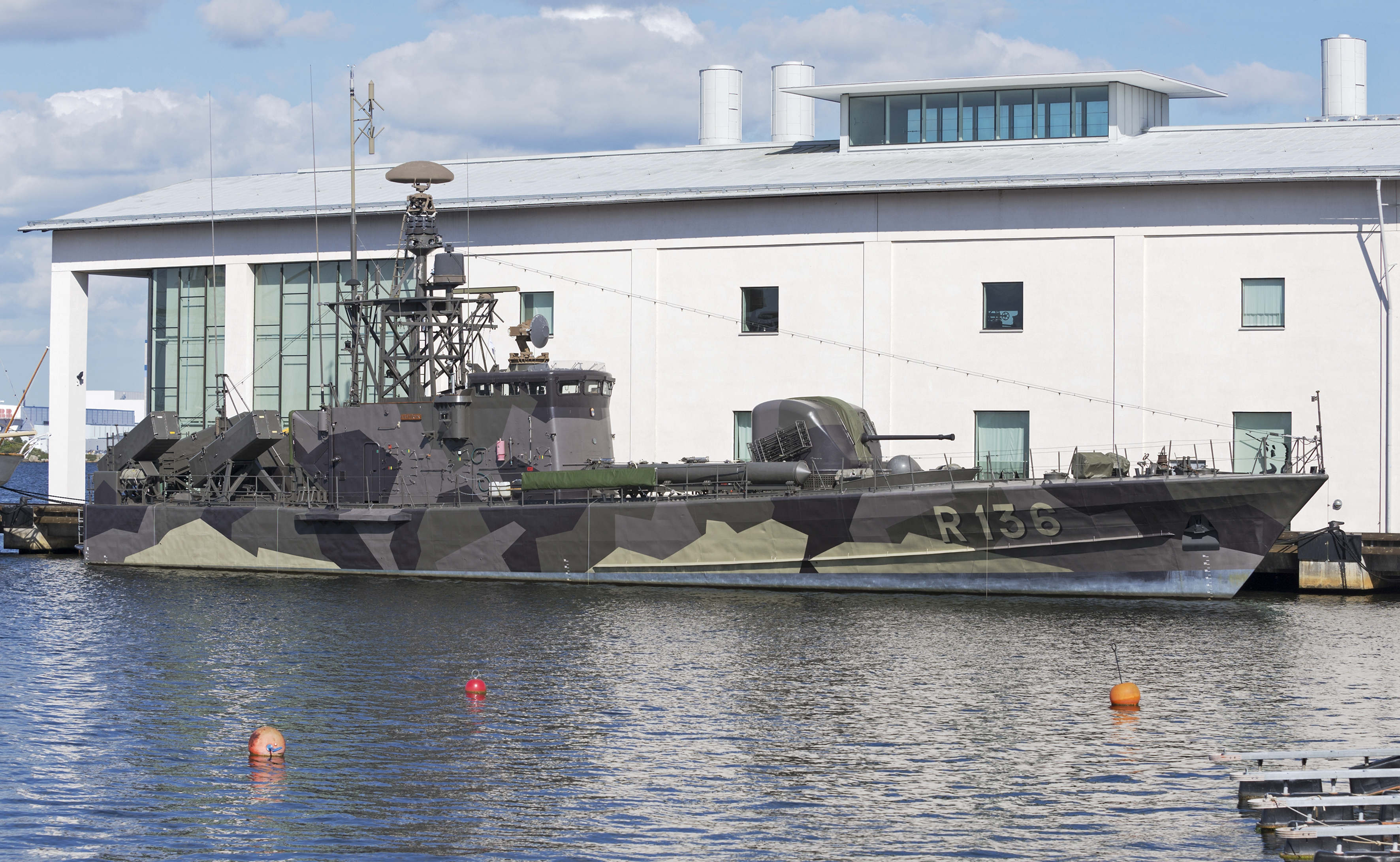
The Missile Ship Västervik
The trash bins remain unemptied, the bunks still display the names of her last crew, and the fascinating combat information center remains intact. Much has been left untouched since HMS Västervik made her very last voyage in the service of the Swedish Navy in December 1997. A visit on board is like stepping into a time machine.
HMS Västervik is a vessel that has truly been part of modern Swedish history. In her small officers’ mess, Anatoly Mikhailovich Gushtin, commander of the Soviet submarine U 137, was interrogated after his vessel ran aground in Gåsefjärden in Karlskrona’s archipelago in October 1981. This was undoubtedly one of the biggest news events in the world during the 1980s, and it's easy to imagine the intensity of the conversations aboard Västervik at that time.
From Torpedo Boat to Missile Boat
She was built at the Karlskrona shipyard and launched in September 1974. Västervik was one of twelve torpedo boats of the Norrköping class, constructed between 1973 and 1976. Originally, the vessel was armed with a 57 mm cannon and six 53 cm torpedo tubes. With a top speed of 40 knots, Västervik is 43.6 meters long and weighs 240 tons. She is powered by three gas turbines, each producing 4,300 horsepower, and during active service had a crew of 30 (14 professional officers and 16 conscripts).
When U 137’s commanding officer Gushtin was interrogated aboard Västervik in 1981, she was still classified as a torpedo boat. But in 1982, she was converted into a missile boat and equipped with eight anti-ship missiles.
Ordered to Leave Everything As Is
When Västervik embarked on her final voyage, a training expedition in December 1997—the Naval Museum recognized a unique opportunity to preserve a vessel that authentically reflects life aboard a Swedish missile boat in the late 1990s.
At the end of her final mission, the entire crew was ordered to leave behind their gear, equipment, and even personal belongings. Today, Västervik is moored at the Naval Museum’s quay, and a visit on board is truly captivating. The name tags remain on the bunks, a child’s drawing still hangs on the commander’s cabin wall, the trash bins are still full, and items from 1997 are still lying on the tables. The ship now belongs to the Naval Museum. While some systems have been decommissioned and classified equipment removed, much of the interior remains exactly as it was the day her crew disembarked for the last time.
Taking a guided tour aboard Västervik is like embarking on a time journey – stepping into a moment frozen in history.
